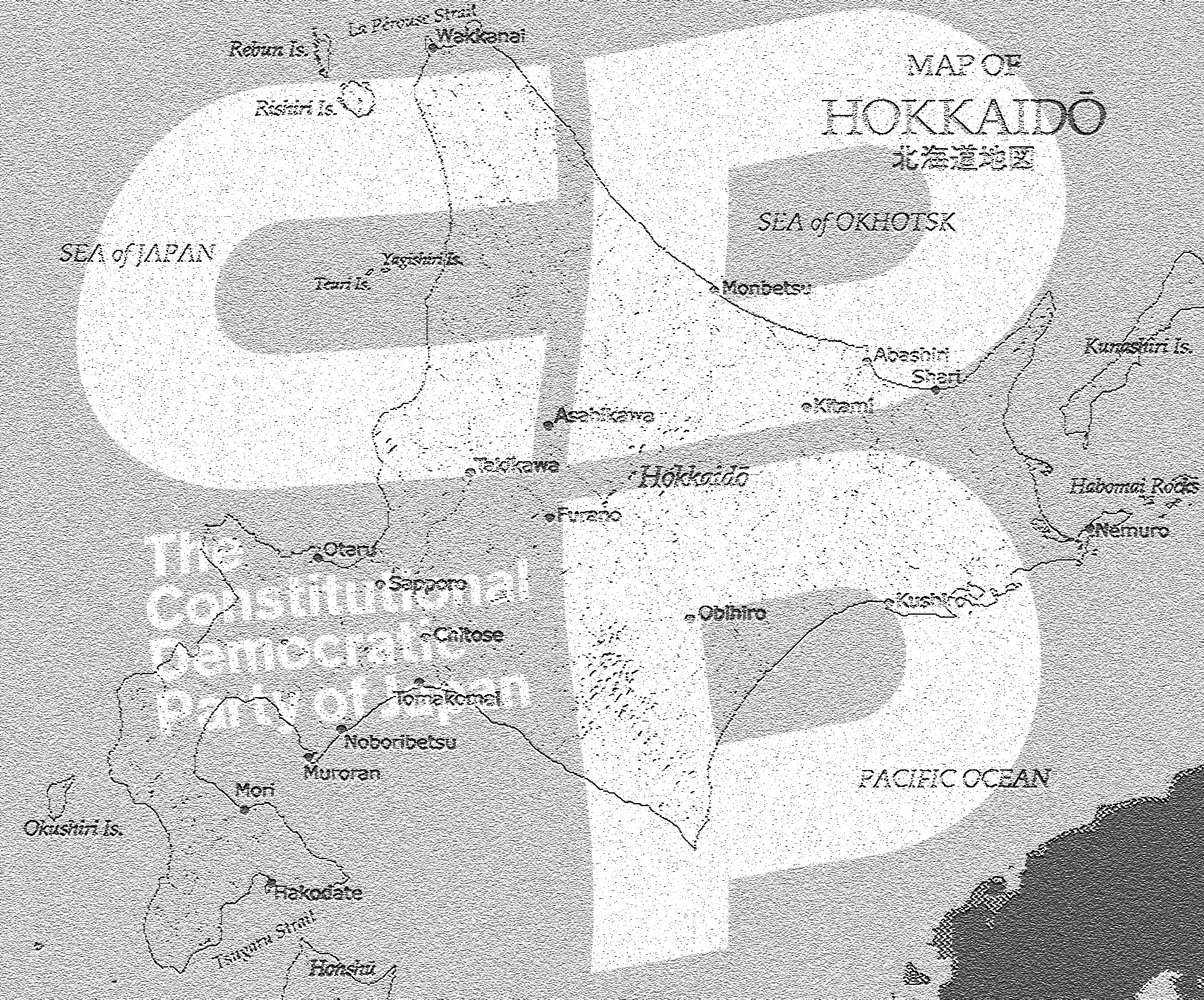Issue:
November 2024 | Letter from Hokkaido
The opposition had a typically strong showing in Hokkaido in last month's lower house vote. But will it make any difference?

The opposition Constitutional Democratic Party of Japan [CDPJ] scored big in the October 27 Lower House election, finishing with 148 seats, up from 98 before the election. Voter anger over a slush fund scandal centered on members of former Prime Minister Shinzo Abe’s faction in the Liberal Democratic Aprty [LDP], as well his and their connections to the Unification Church played were major factors behind the LDP/Komeito coalition’s haemorrhaging of seats.
But while the moving vans are busy in many parts of Japan, as newly elected CDPJ members in places long dominated by the LDP prepare to head to Tokyo for the first time, that isn’t the case in Hokkaido, where the CDPJ has long been the biggest political force.
The CDPJ won nine of Hokkaido’s 12 district seats, up from six. Three other CDPJ candidates who were defeated by LDP candidates were returned to the Diet via proportional representation (PR) contests.
While the LDP district vote share in Hokkaido was about the same as its national district vote average of 38.52%, the CDP’s Hokkaido district vote share was 46.75%, compared with 29% nationally.
In seats contested through PR, the CDPJ received 600,000 votes in Hokkaido, roughly 28% of the total, while the LDP got 574,000 votes, 27% of the total. The figure was about the same as the LDP's national average for PR votes, but for the CDPJ, the total was significantly higher than its national average of 20%.
CDPJ supporters in Hokkaido were popping champagne corks when the results were announced, and a good portion of voters in the prefecture were happy to have helped deal the LDP a powerful blow. That said, CDPJ lawmakers will take their seats in the lower house amid concern in Hokkaido about whether other parties, especially the LDP, will listen to them.
One of the most shocking losses for the LDP in Hokkaido was that of Yoshiaki Wada, whose district includes Chitose. Wada, a former senior defense official, was considered a rising star in the party’s local chapter and at party headquarters in Tokyo. He played a major role in helping bring the Rapidus 2 nm semiconductor plant to Chitose, which is due to begin pilot production next year, as well as all of the other outside investment in green technologies and renewable energy projects, many of which are in his district.
What does his defeat mean for Rapidus, green technology firms and their investors? That’s a question that concerns Chitose and Hokkaido firms and individuals who counted on Wada to be their man in Tokyo and lobby the prime minister and trade and industry minister on their behalf. Will the Rapidus project find itself delayed due to political complications now that Wada is gone? It’s a question that was being asked in the days following his defeat.
Wada’s CDPJ replacement, Maki Ikeda, and her party colleagues may well support the Rapidus project and do what they can to make it work. But that doesn’t address the fundamental question of how effective that will be if they have to deal with a ruling coalition that does not include the CDPJ.
In addition, Hokkaido’s business leaders are worried about whether the CDPJ will be able to persuade a ruling coalition in which it plays no part to secure Tokyo’s cooperation on an urgent problem: JR Hokkaido.
Anyone who has ever taken the airport express between Sapporo Station and Chitose Airport knows the sense of panic that hits on a snowy, or even rainy, day when the station attendant announces over the PA system that the train to the airport – the one that gets you there with not a lot of time to spare before your plane leaves – has been delayed. Sometimes for five minutes. Sometimes for a lot longer.
As one of the most heavily used rail services in Hokkaido, the airport express receives its fair share of maintenance. But many of the other lines are old and in poor shape. JR Hokkaido has also closed many local lines or reduced services on those that survived.
Recognizing that poor train service is a major reason why firms and individuals choose not to relocate to Hokkaido, the local business community has long pressured LDP-led governments to help JR Hokkaido and reverse the decline in rail service. That approach hasn’t worked, and it isn’t clear if the CDPJ lawmakers from Hokkaido will fare any better.
Although it appears unlikely at this point, if November brings a CDPJ-led coalition government, it could be a very different story. But while they were swept into power thanks to voter anger at the LDP, the CDPJ, especially its Hokkaido representatives, will still have to prove they can deal effectively with the prefecture’s problems, no matter who is running the government.
Eric Johnston is the Senior National Correspondent for the Japan Times. Views expressed within are his own and do not necessarily reflect those of the Japan Times.

